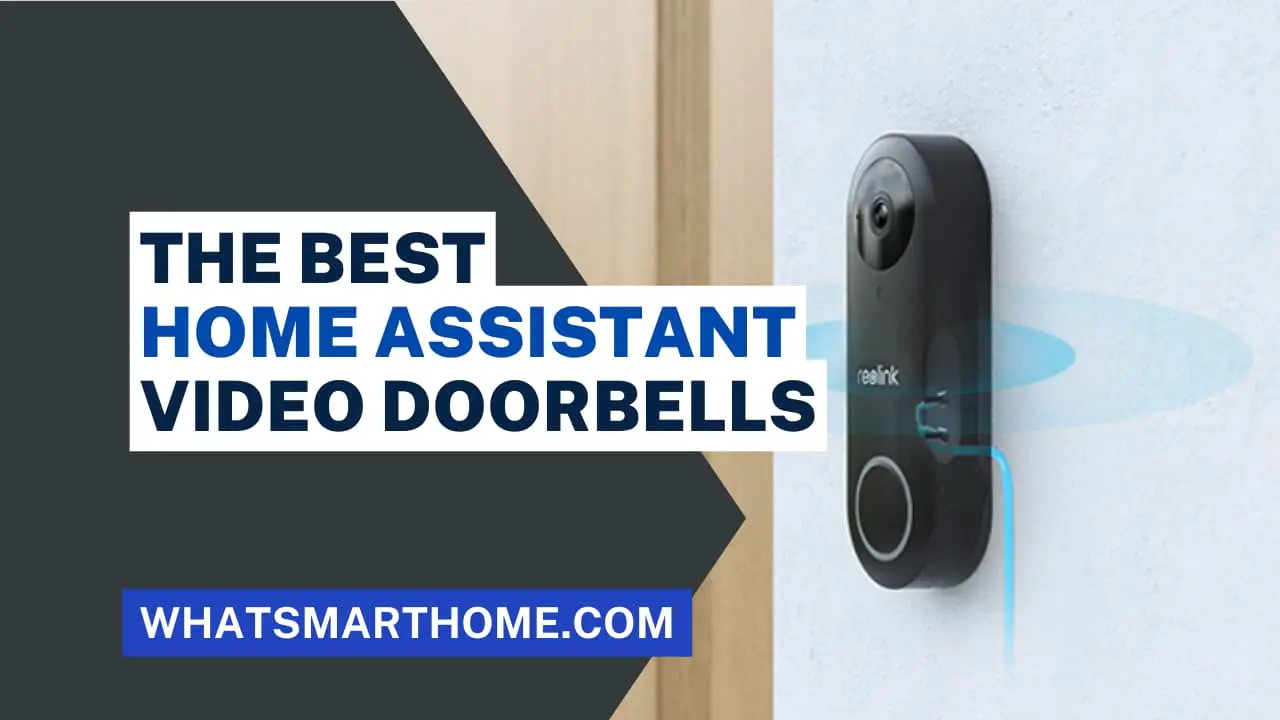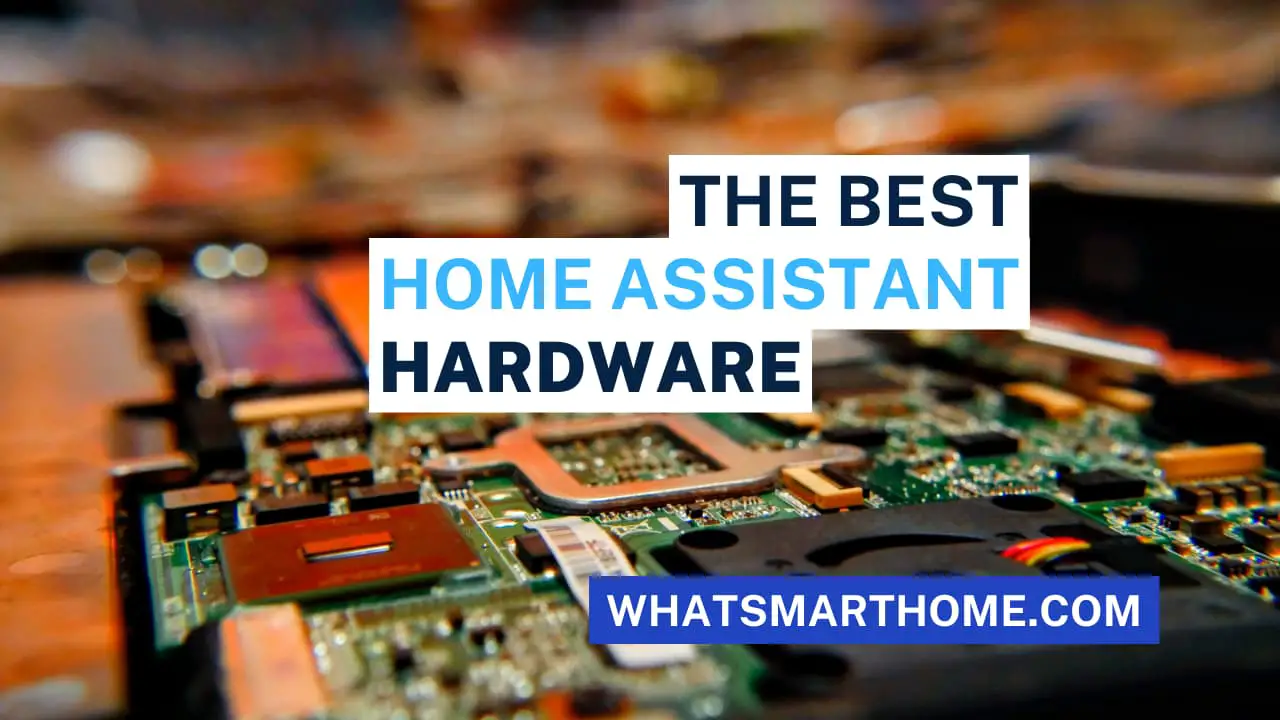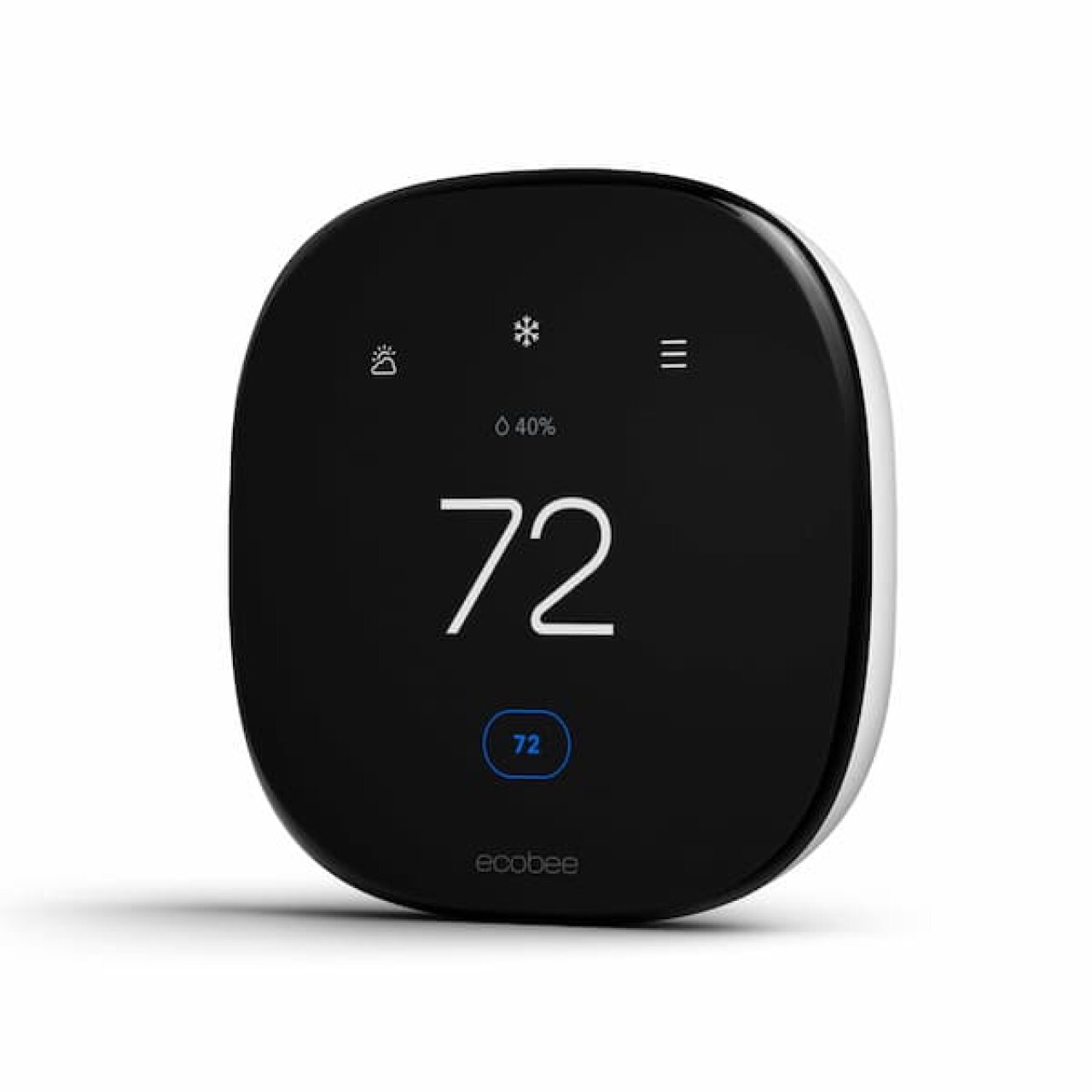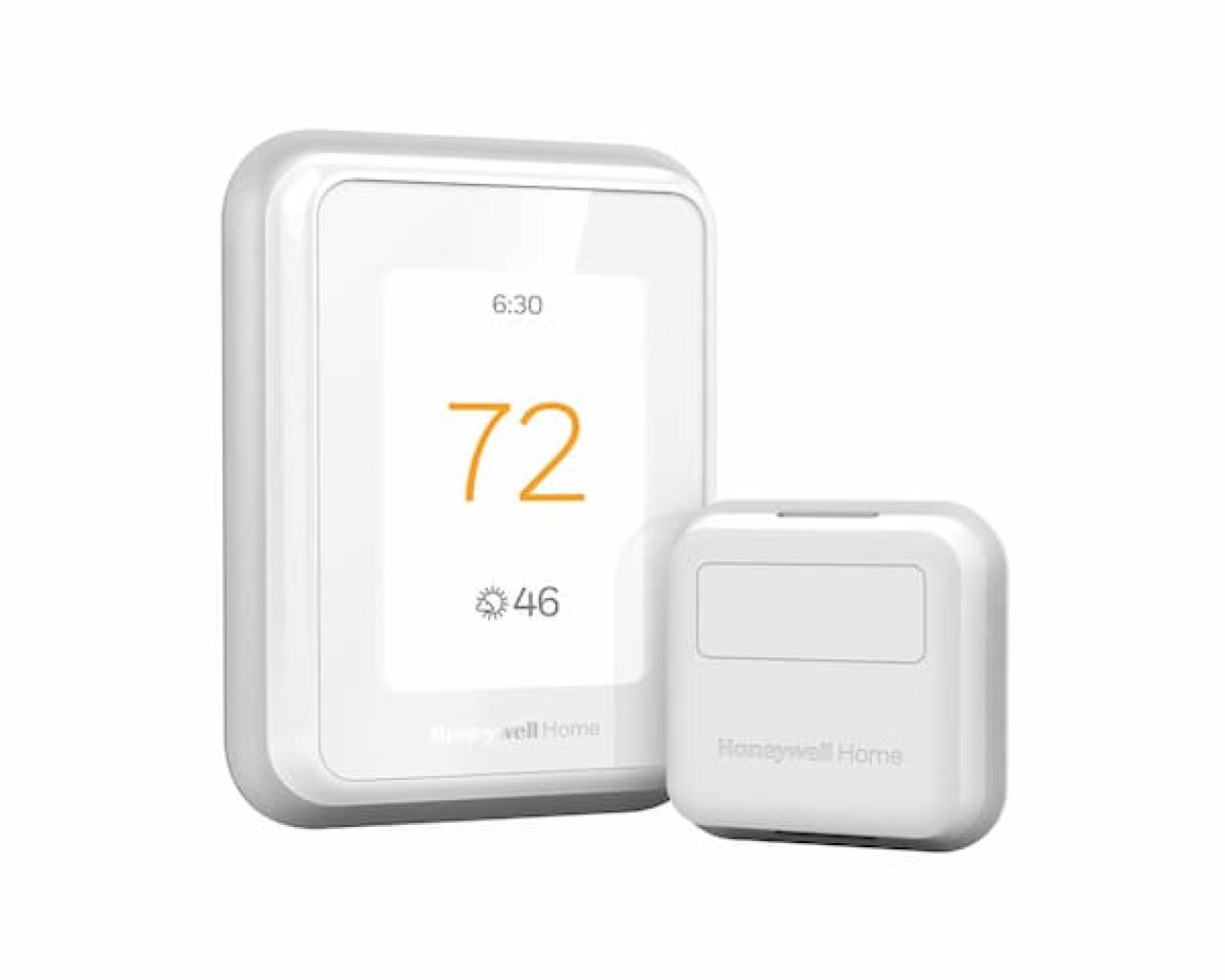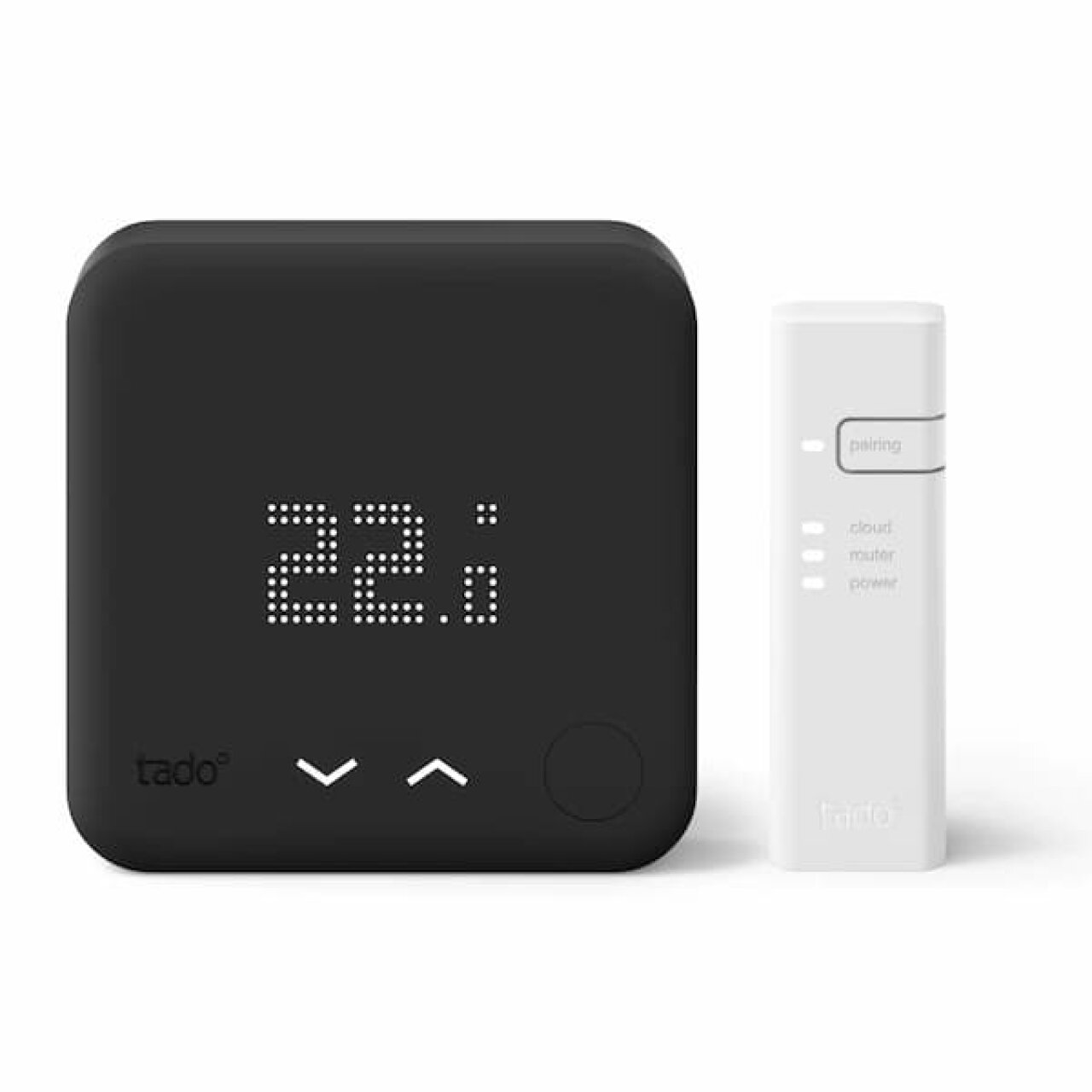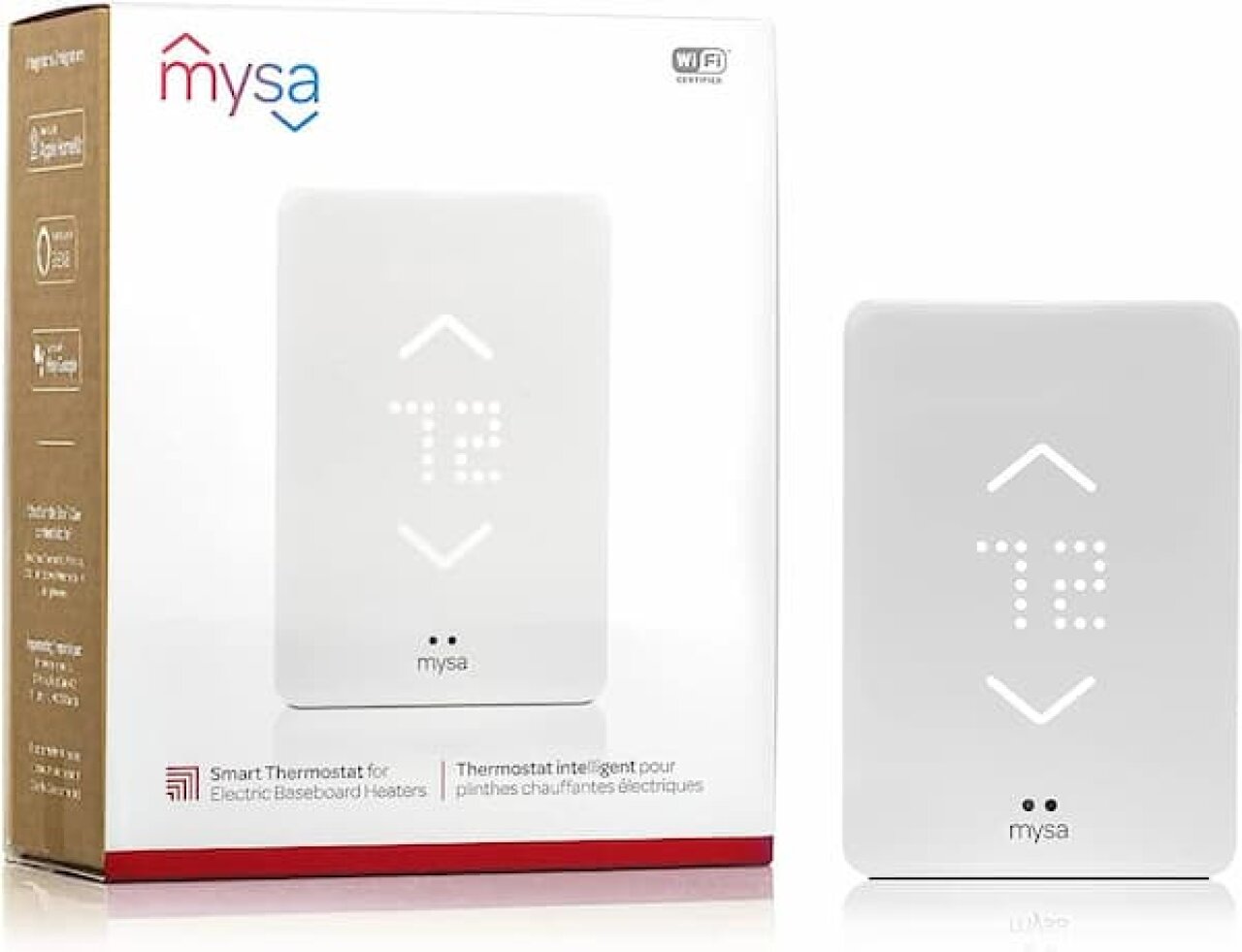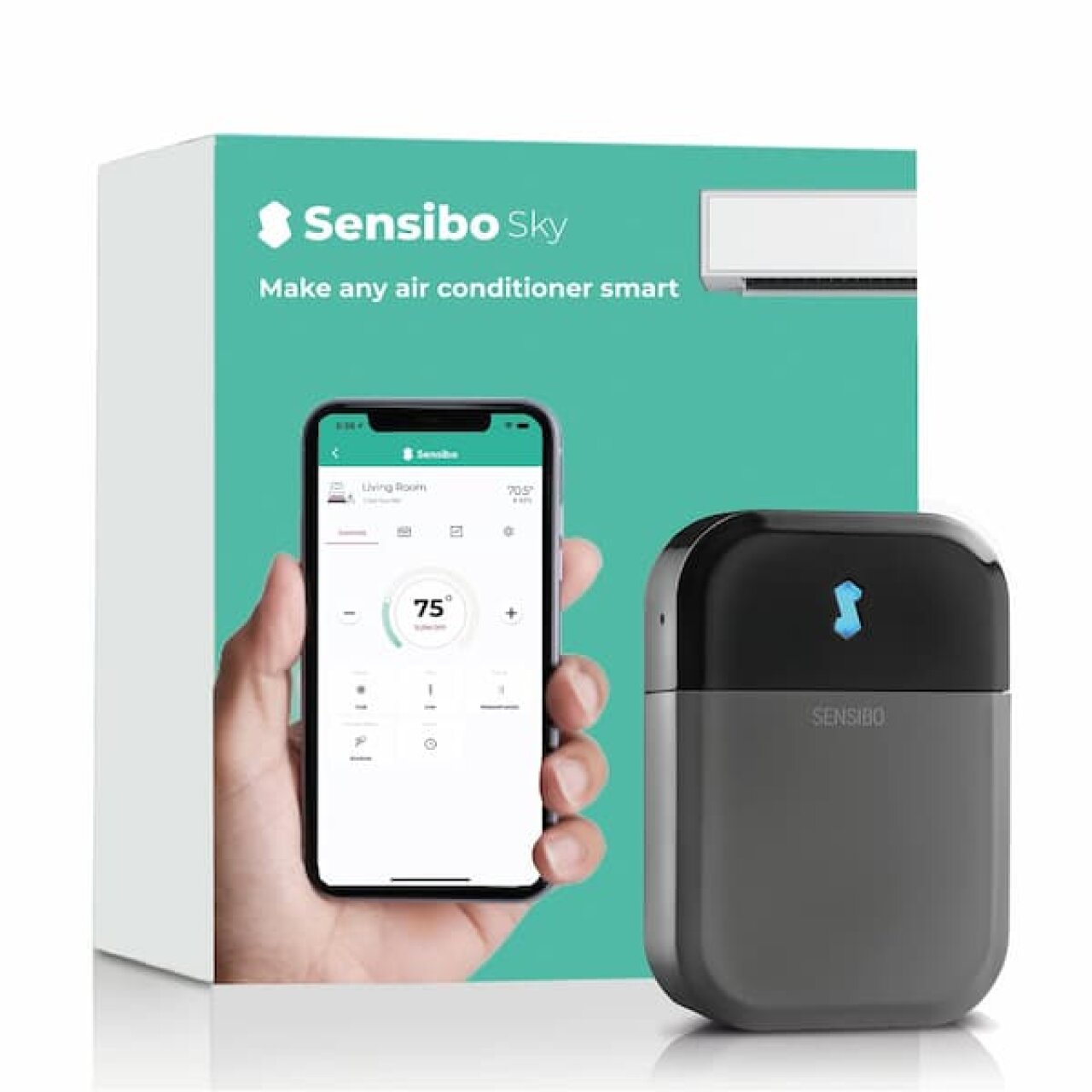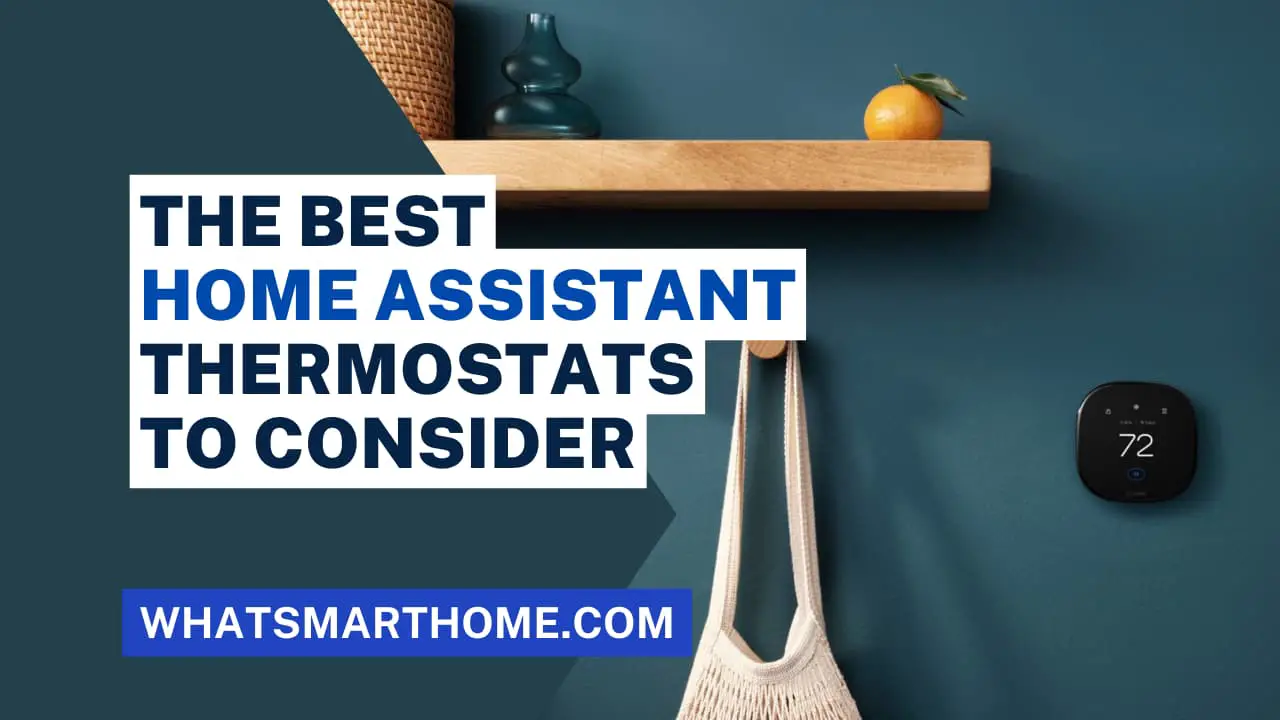
In today's tech-driven world, even home appliances are getting smarter. Enter the smart thermostat, a device that can learn your preferences, adjust temperatures automatically, and even integrate with your broader smart home ecosystem.
In this article, I will explore the best Home Assistant thermostats for those who crave ultimate control and customization. Home Assistant compatibility unlocks a whole new level of possibilities from data collection to automation for your HVAC systems.
Highlights
Recommended - The Ecobee Smart Thermostat is my top recommendation as the best thermostat for Home Assistant because of its sleek design and compatibility with plenty of smart home platforms and it doesn't require the cloud.
Not Recommended - The Nest Learning Thermostat should be highlighted as a smart thermostat to avoid for Home Assistant. I currently own one myself, it was a pain to integrate with Home Assistant and it doesn't have any local control meaning I need to use a cloud API.
Why Integrate Your Thermostat with Home Assistant?
Think of Home Assistant as the conductor of your smart home symphony. Integrating your thermostat with this open-source platform allows you to orchestrate personalized comfort and efficiency like never before. Here's why:
Enhanced Efficiency and Automation: Fine-tune your heating and cooling based on real-time data and personal preferences. Set schedules that adapt to your daily routine, automatically adjust based on weather changes, and even integrate with presence detection to save energy when you're away.
Personalized Comfort and Scheduling: No more battling over the thermostat! Create individual schedules and temperature preferences for different rooms or family members, ensuring everyone's comfort without compromising efficiency.
Integrations and Ecosystem Building: Unlock the true power of your smart home by connecting your thermostat to other devices like lights, sensors, and voice assistants. Imagine dimming the lights and lowering the temperature for a movie night, all triggered by a simple voice command.
Navigating the Options: Key Considerations for Choosing a Thermostat
With many Home Assistant-compatible thermostats available, choosing the right one can feel overwhelming. Here are some key factors to consider:
Compatibility with Your System: Ensure the thermostat is compatible with your existing heating and cooling system, including your wiring configuration (e.g., needing a "C" wire).
Wiring Requirements and Installation Ease: Consider your DIY skills and preferences. Some thermostats offer easy self-installation, while others may require professional assistance.
Advanced Features and Futureproofing: Think about your current and future needs. Do you want multi-zone control, room sensors, or integration with specific smart home platforms? Choose a thermostat that aligns with your vision.
Local Control and Privacy Concerns: If local control and data privacy are paramount, opt for thermostats that function without relying solely on cloud connectivity.
Top Contenders: A Look at the Best Home Assistant Compatible Thermostats
Now, let's explore some of the most popular Home Assistant-compatible thermostats, taking a closer look at their features:
Pros: Sleek design, built-in room sensor, voice control compatibility, extensive integrations with smart home platforms using HomeKit for local control.
Cons: Requires "C" wire, higher price point.
Pros: Affordable, local control via HomeKit, easy installation, good basic functionality.
Cons: Lacks advanced features like multi-zone control, and limited smart home integrations.
Pros: Extensive compatibility, Multi-zone control, Advanced features, Local and cloud control, Extensive smart home integrations, Energy monitoring and reporting, Sleek design
Cons: Cost, Subscription for advanced features, Requires installation, Limited physical controls, Privacy Concerns
Pros: Wire-free installation (ideal for rentals), Z-Wave connectivity for reliable local control, and energy monitoring.
Cons: Not compatible with all systems, limited temperature control options.
Sensibo Sky Smart AC Controller (for window/ductless units)
Pros: Easy installation on existing AC units, app control and Home Assistant integration, geofencing capabilities.
Cons: Not compatible with central heating/cooling systems, limited automation options.
Features: Comparing Functionality and Value
| Feature | Ecobee Smart Thermostat | Honeywell Home T9 | Mysa Z-Wave | Sensibo Sky | Tado Smart Thermostat |
|---|---|---|---|---|---|
| Compatibility | Most forced air systems | Most heating/cooling systems | Primarily electric baseboards | Window/ductless AC units | Most heating systems (wired & wireless) |
| Installation | Requires "C" wire, professional option available | DIY-friendly, no "C" wire required | Wire-free (ideal for rentals) | Attaches to existing AC unit | Wired or wireless depending on system |
| Price | $$$ | $$ | $$ | $$ | $$ - $$$ |
| Voice Control | Alexa, Google Assistant, Siri | No | No | No | Alexa, Google Assistant, Siri |
| Multi-Zone Support | Yes (with additional sensors) | No | No | No | Yes (up to 32 zones) |
| Room Sensors | Built-in | No (separate purchase) | No | No | Yes (optional) |
| Energy Monitoring | Yes | Limited | Yes | No | Yes |
| Smart Home Integrations | Extensive (Alexa, Google Assistant, HomeKit, SmartThings, etc.) | Limited (HomeKit) | Z-Wave only | Wi-Fi | Extensive (Alexa, Google Assistant, HomeKit, SmartThings, etc.) |
| Advanced Features | Room-by-room scheduling, geofencing, occupancy detection | Learning thermostat, simple schedules | Remote control, geofencing | Geofencing | Smart learning, individual room control, open window detection, geofencing |
| Local Control | Full (HomeKit) | Full (HomeKit) | Yes (Z-Wave) | Wi-Fi only | Yes (both local and cloud-based) |
| Privacy Focus | Opt-in data sharing | More private (HomeKit) | Locally controlled | Cloud-based | Opt-in data sharing |
Comparing the features of my top 5 smart thermostats for Home Assistant users
When making your choice, carefully compare the following features:
Temperature Control and Scheduling: Look for precise control options, multi-stage heating/cooling capabilities, and customizable schedules with geofencing and weather-based adjustments.
Multi-Zone Support and Room Sensors: If you have a multi-zone system or want individual room control, ensure the thermostat offers these features and compatible room sensors.
Energy Monitoring and Reporting: Gain valuable insights into your energy usage and identify areas for improvement with thermostats that offer detailed reports.
Smart Home Integrations and Voice Assistants: Choose a thermostat that integrates seamlessly with your existing smart home devices and voice assistants for a truly connected experience.
Installation and Setup
The installation process will vary depending on the chosen thermostat and your DIY skills.
Some offer self-installation with clear instructions, while others recommend professional assistance.
Once installed, connecting to Home Assistant is usually straightforward, following specific integrations available for each device. Remember to optimize settings and automations to match your preferences and maximize comfort and efficiency.
Advanced Automation Ideas for Your Smart Thermostat
Beyond basic scheduling, explore these advanced automation possibilities:
Presence Detection and Geofencing: Automatically adjust temperatures when you're away or arriving home, saving energy and ensuring comfort upon return.
Weather-Based Adjustments: Let the thermostat adapt to outdoor conditions, automatically lowering cooling when the weather cools down unexpectedly.
Integration with Other Smart Home Devices: Create scenes or automations that trigger temperature changes based on other events, like turning off lights and lowering the thermostat when you activate "movie night" mode.
Exploring Additional Features and Considerations
Remember to consider these factors as well:
Aesthetic Appeal and Design Choice: Choose a thermostat that complements your home's style and blends seamlessly with your decor.
Future-Proofing for Evolving Smart Home Standards: Opt for a thermostat that utilizes open protocols and integrates with various platforms for adaptability in the future.
Cost Considerations and Long-Term Value: While upfront costs might vary, factor in long-term energy savings, convenience, and comfort gains when making your decision.
Final Thoughts and Recommendations
Ultimately, the best Home Assistant thermostat depends on your unique needs and priorities.
Match your specific requirements with the available features, keeping your budget and future vision in mind. Prioritize functionalities that matter most to you, whether it's advanced automation, multi-zone control, or seamless integration with your existing smart home setup.
Remember, investing in a Home Assistant-compatible thermostat is an investment in comfort, efficiency, and ultimate control over your home's climate.
Conclusion
By integrating your thermostat with Home Assistant, you unlock a world of possibilities for personalized comfort, optimized energy usage, and a truly connected smart home experience.
With the right choice and thoughtful configuration, you can create a climate-controlled haven that adapts to your needs and preferences, seamlessly blending into your smart home ecosystem. So, embrace the power of Home Assistant and embark on a journey to smarter heating and cooling!
FAQs
Do I need a specific hub or additional hardware to use a Home Assistant-compatible thermostat?
Not necessarily. Some thermostats connect directly to your Wi-Fi network
Does using a Home Assistant thermostat compromise my privacy?
This depends on the specific thermostat and your chosen integrations. Some rely solely on local communication (Z-Wave, Zigbee) and offer granular privacy controls. Others might utilize cloud connectivity, so choosing open-source and privacy-focused options within Home Assistant can help mitigate concerns.
Can I still use my thermostat manually even with Home Assistant integration?
Absolutely! Most thermostats retain manual control options alongside their smart features. You can always adjust settings directly on the thermostat itself or through the manufacturer's app.
What if I encounter issues with my Home Assistant thermostat setup?
The Home Assistant community forum is a valuable resource for troubleshooting and seeking help from experienced users. Additionally, many thermostat manufacturers offer dedicated support channels.
Are there any security concerns I should be aware of with smart thermostats?
As with any connected device, secure your thermostat with strong passwords and enable two-factor authentication if available. Choose reputable brands with a history of prioritizing security updates.
Remember, this is just a starting point. As technology evolves, new and exciting Home Assistant-compatible thermostats are constantly emerging. Stay informed, explore your options, and choose the one that empowers you to create the perfect climate for your smart home!



